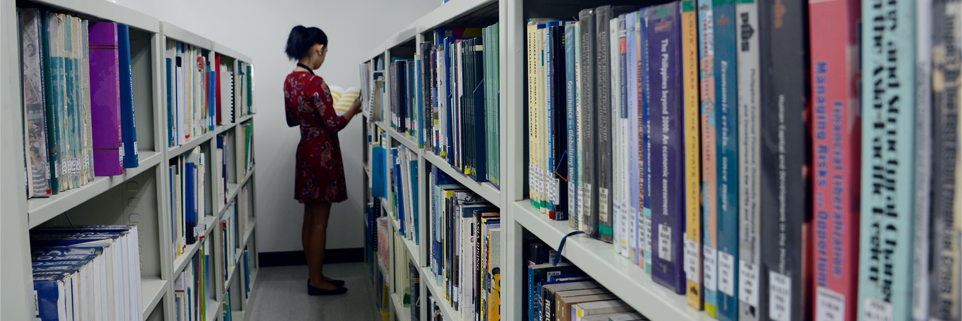Analyzing the impact of trade reforms on welfare and income distribution using CGE framework: the case of the Philippines /
By: Cororaton, Caesar B.
Series: Vol. 31 No. 1 First Sem 2004.Description: pp.25-64.Subject(s): Trade reforms | AFTA | ASEAN Free Trade Agreement | CGE framework | Income distribution | Trade liberalizationOnline resources: Click here to access online In: Philippine Journal of DevelopmentSummary: Trade liberalization--particularly tariff reduction, which is the focus of this paper--triggers changes in both sectoral price ratios and domestic-foreign price ratios. These changes in turn cause a reallocation in production and resources, which lead to a contraction in some production sectors and an expansion in others. These changes also make it extremely difficult to track down the effects on various households. The computable general equilibrium (CGE) model is an economy-wide model that makes it possible to gain a better understanding of the effects. The objective of the paper is to construct a CGE model calibrated to Philippine data and simulate the impact of tariff reforms on income distribution and welfare. In a CGE framework, the effects of tariff reform on households may be traced through two channels: income and consumption channels. Through these two channels, this paper attempts to trace the effects of the reduction in tariff rates from 1994 to 2000 on household income and welfare.Trade liberalization--particularly tariff reduction, which is the focus of this paper--triggers changes in both sectoral price ratios and domestic-foreign price ratios. These changes in turn cause a reallocation in production and resources, which lead to a contraction in some production sectors and an expansion in others. These changes also make it extremely difficult to track down the effects on various households. The computable general equilibrium (CGE) model is an economy-wide model that makes it possible to gain a better understanding of the effects. The objective of the paper is to construct a CGE model calibrated to Philippine data and simulate the impact of tariff reforms on income distribution and welfare. In a CGE framework, the effects of tariff reform on households may be traced through two channels: income and consumption channels. Through these two channels, this paper attempts to trace the effects of the reduction in tariff rates from 1994 to 2000 on household income and welfare.

